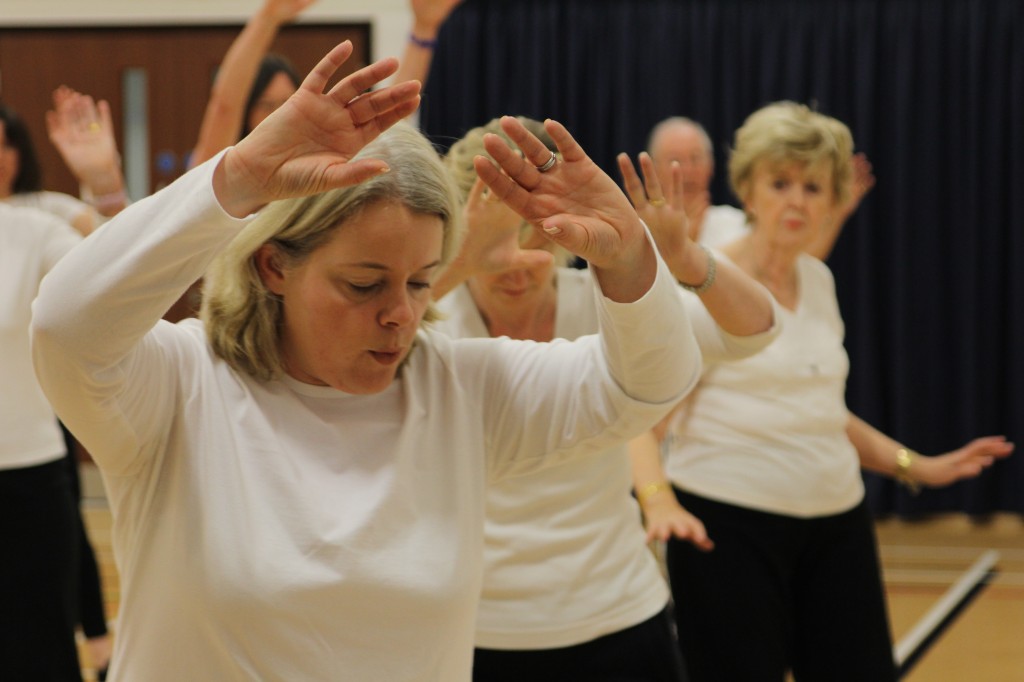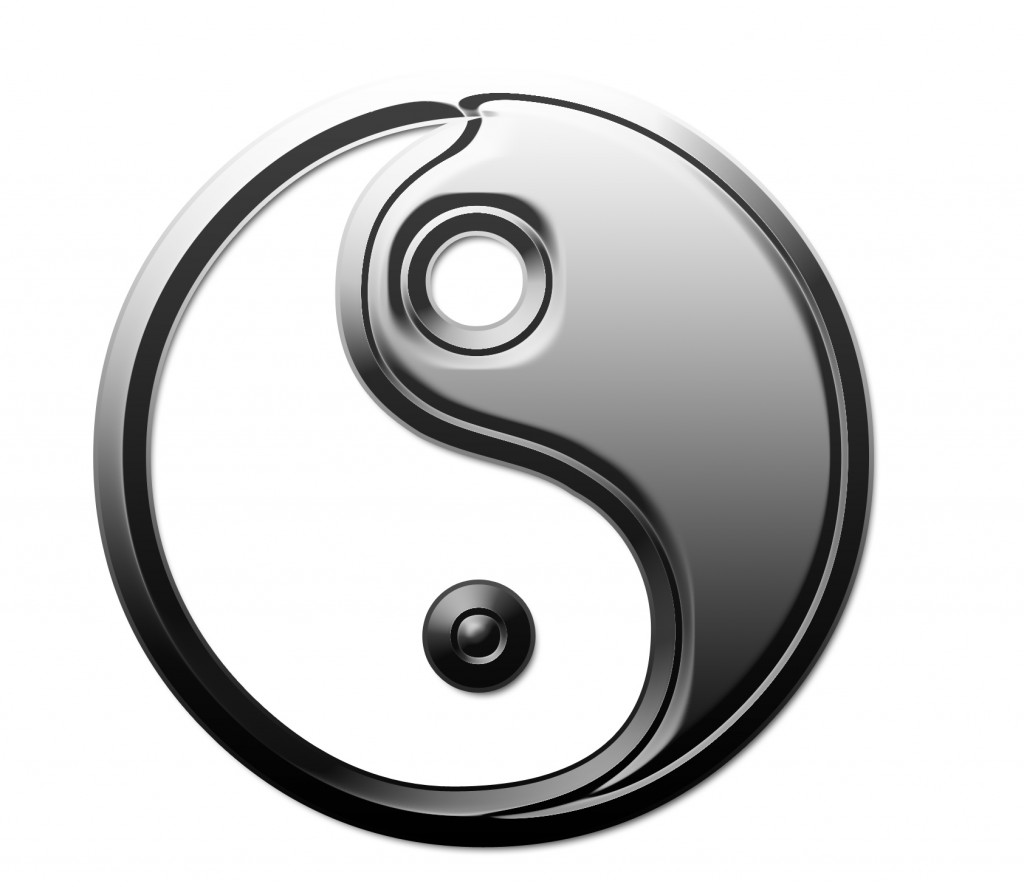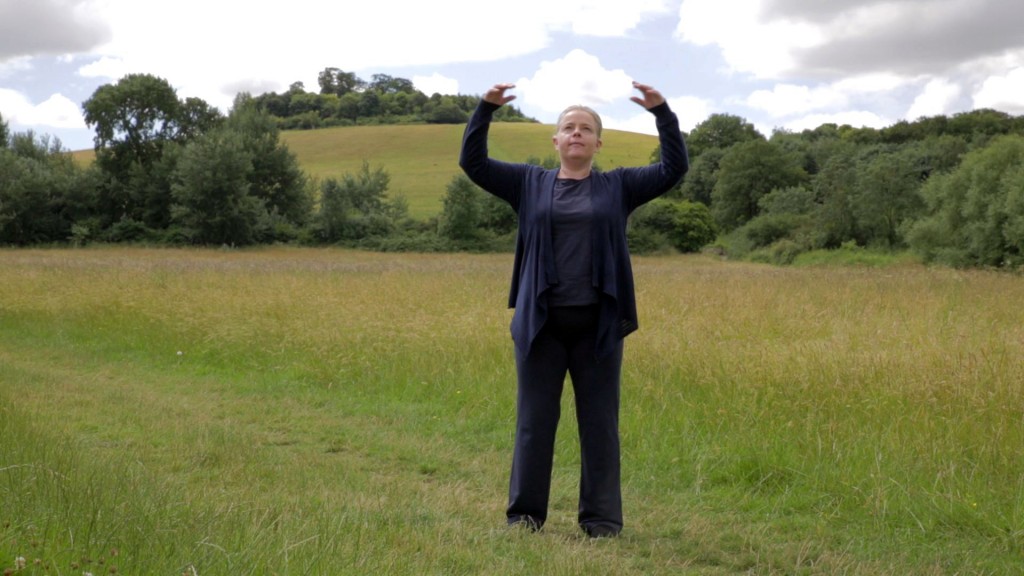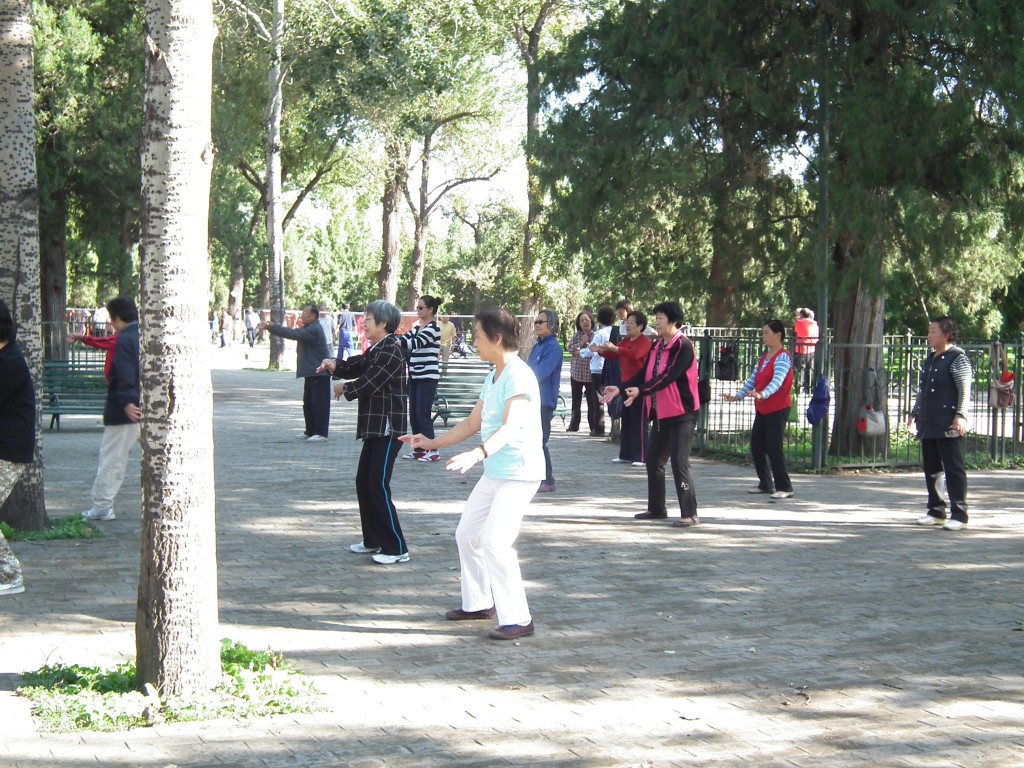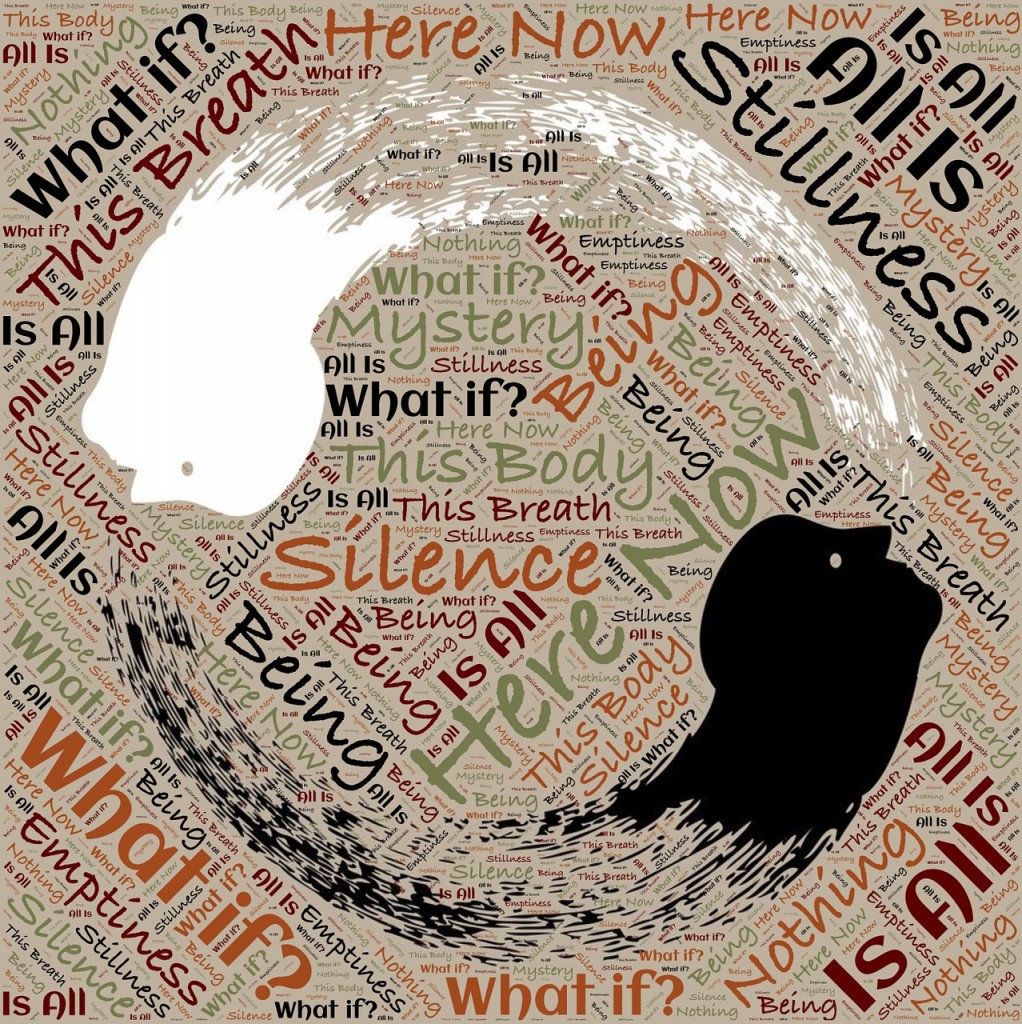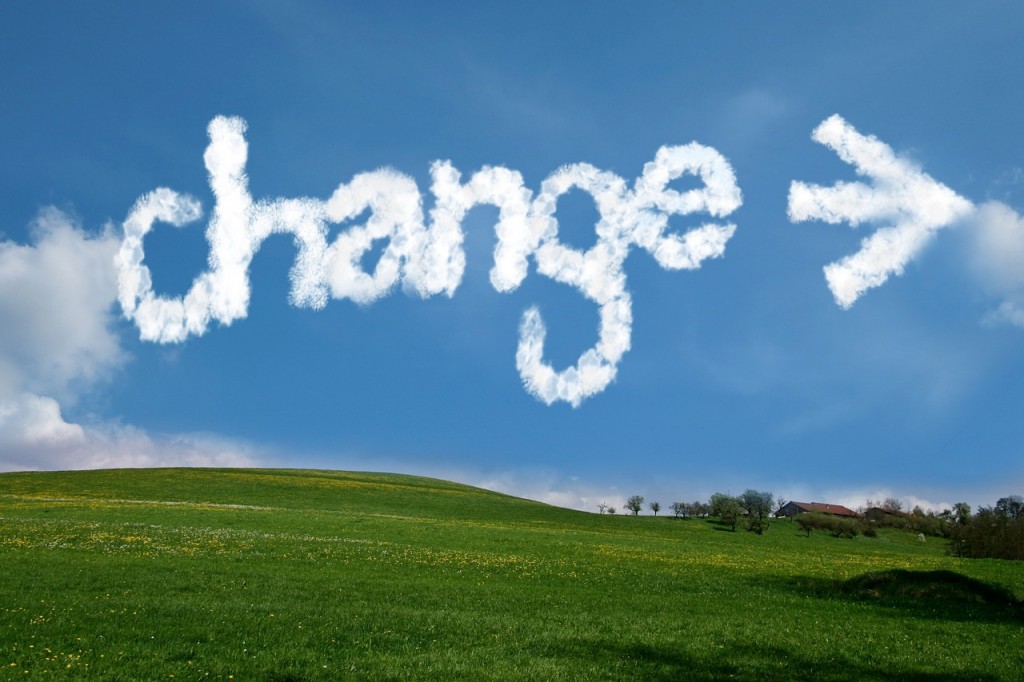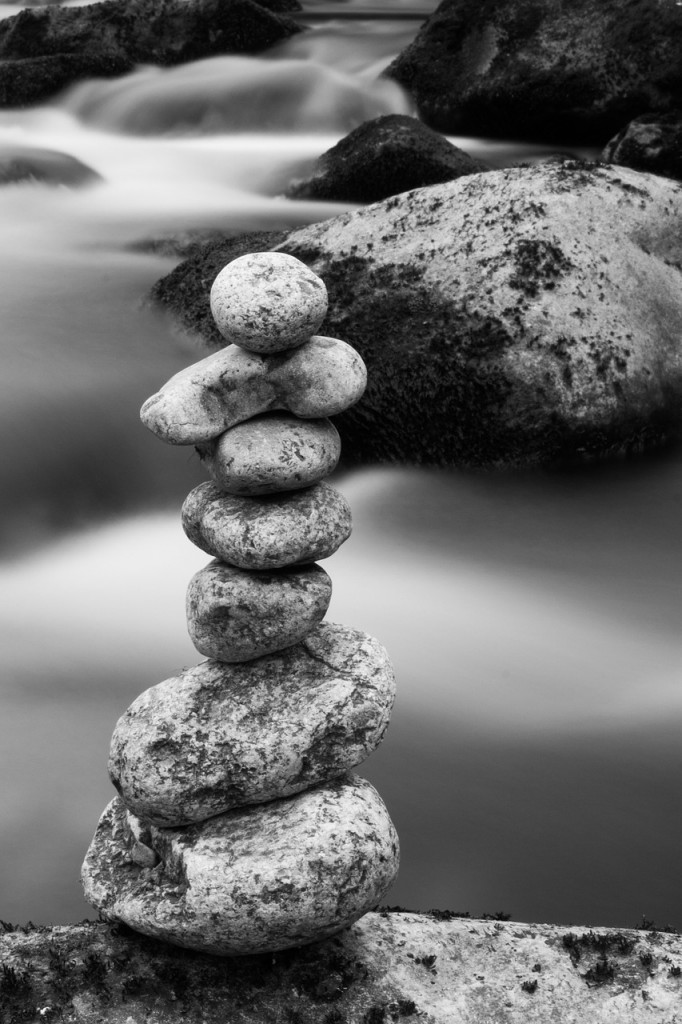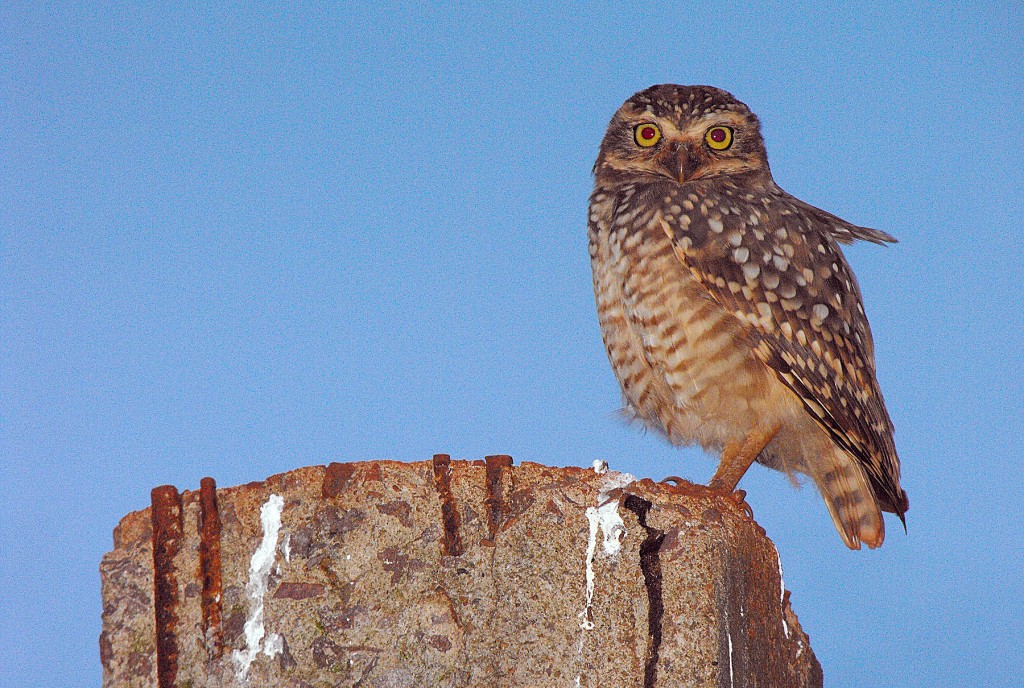“The leg bone’s connected to the knee bone, The knee bone’s connected to the thigh bone…” as the song goes – it’s all connected. And if we maximise what’s going on at the “whole body” level, it will improve our T’ai Chi practice, and bolster the benefits we get from T’ai Chi.
Benefits of moving your body as a whole
- improved co-ordination
- improved balance
- shifts any energy blockages
- helps the body know where to move next in the T’ai Chi sequence
- improved mobility
- boosts feelings of relaxation and letting go
- increased sense of wellbeing and sense of calm
Some practice points
Just as the body is connected, so are all the T’ai Chi principles. Here’s how those interconnect with the “everything’s connected” concept.
Connect/ co-ordinate with the breath
In a natural way, the T’ai Chi moves need to follow the breath. In the reminders at the beginning of our warm-up, students are asked to take deep belly breaths, however it is important these are still natural breaths and not sharp gulps of air. Sometimes during the Form, you may find that a particular movement takes one cycle of breath, but another week you may be feeling more relaxed and can take two cycles. It’s an interesting one to watch (and think about jotting some notes in a T’ai Chi diary!!)
Yin/Yang and opposites
Once you tune into this idea of “wholeness in movement” you can start to appreciate – in the periphery – how opposites are at work in T’ai Chi. For example, expansive/ contracting postures; movements in which your energy rises and falls; connections between left arm and right leg, and vice versa; and the rolling of weight between right and left as we develop the full and empty leg.
Letting go
There are a few key points I want to make here, each showing T’ai Chi on different levels. First, letting go frees you up. You let go of your chattering mind as you enter class, which gives you the capacity to tap into T’ai Chis amazing benefits. You let go of any tension in the body and relax into the joints. You aim to let go of the idea that you “should” nail every single movement in T’ai Chi – instead try and go with the flow on that, and the whole process becomes much more pleasureable (not forgetting the fact that you’ll “get there quicker” via the scenic route). Letting go gets you out of your headspace, and instead you can live in the moment/ movement.
State of mind: T’ai Chi is a meditative movement. Completely zoning out, however, is not the aim. So whilst you’re looking to let go, don’t let that impact your presence.
Preparing the body for T’ai Chi
Use the warm-up to connect everything. You can re-check how your doing at the end of our meditative walking section, when you are invited to “rest into the stillness.”
Some exercises
Circle everything
Bring your fingertips together and start with small circling of the wrists. Gradually increase the circles until they are at their biggest (don’t overstretch). Then cup the hands at the bottom and revers the movement, bringing down the arms in smaller circles. For the legs, bring your weight into the left so you have a full left leg. Lift the empty right and circle the lower leg slowly. Beneath the knee only. Reverse the movement and then swap legs.
Meditative walking
Again slowly and with full and empty leg. As the right leg is full, lift the right arm in front, then draw the right arm down slowly as the left leg takes a small step, rolling the weight gradually into the left leg.
Windows / Fair Lady Weaves the Shuttle
For Intermediates, practice the Windows sequence without paying too much attention to any one bit. Just go for it, by which I mean move everything together as a whole without focussing on which arm circles. If you circle the wrong arm and you’re concentrating on everything moving as a whole, chances are it will feel wrong and you’ll know.
A final thought
Your T’ai Chi practice is connected to your willingness to let go… to your ability to realise that you might not have the perfect gym-sized living room but that a little bit of practice is better than none… to your reading around T’ai Chi and its principles.
Enjoy your practice, no matter how imperfect ![]()

